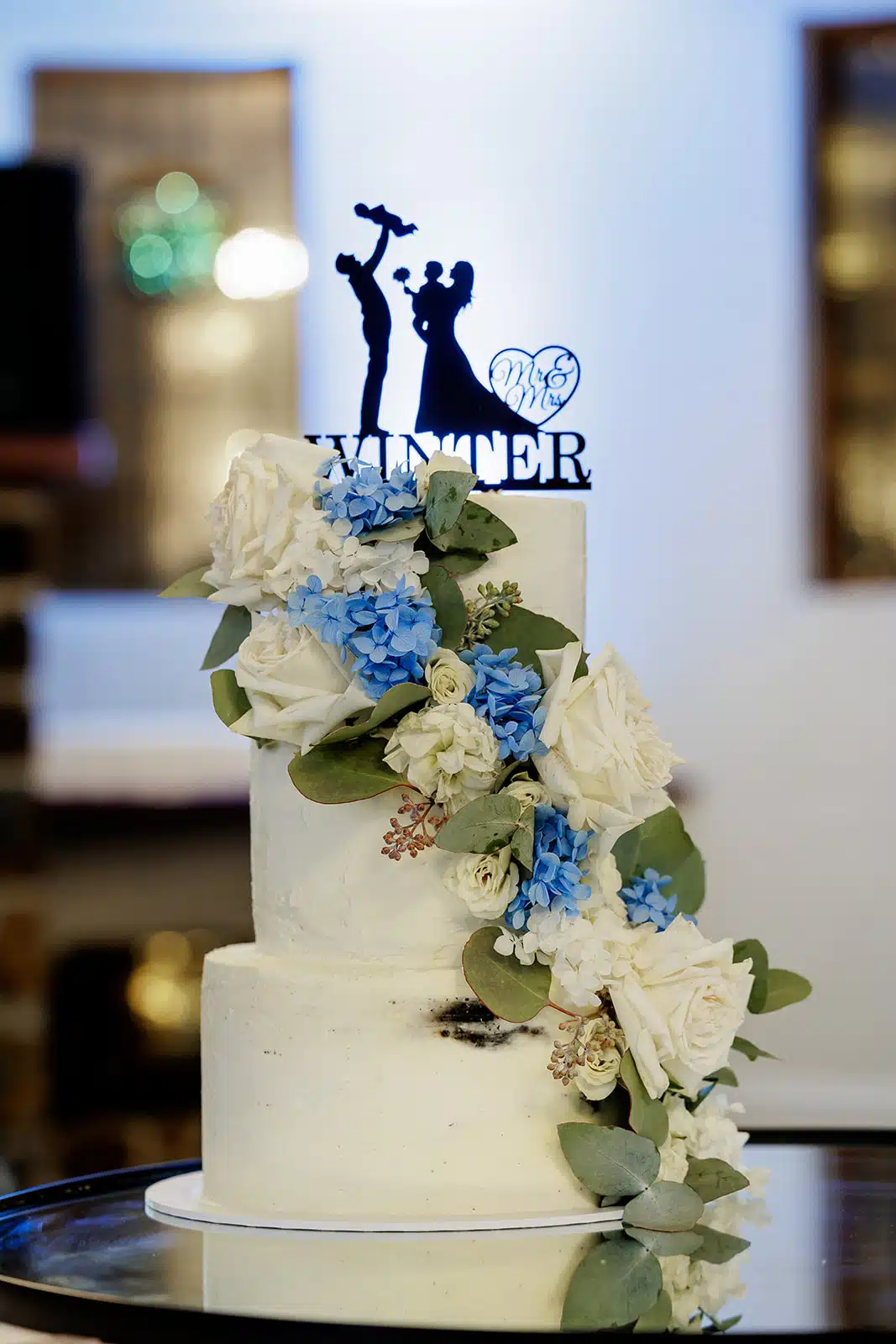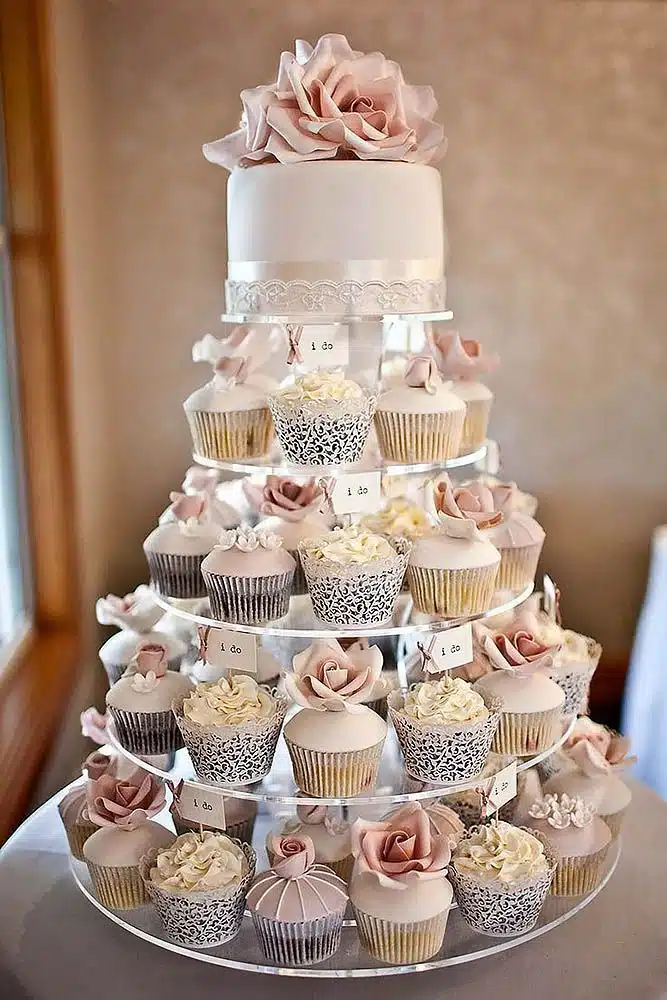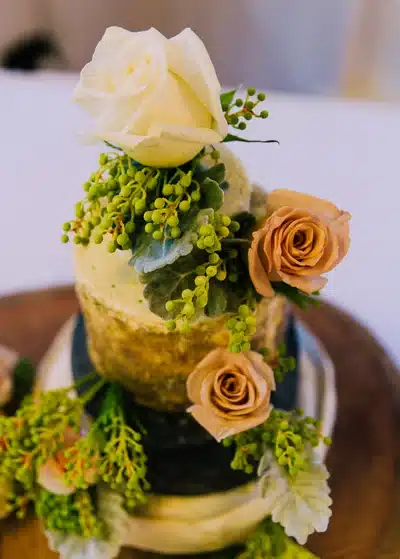What can you do with a cake that’s really different?
Sharing a wedding cake symbolises the bridal couple sharing their first meal together.
Estimated Reading Time: 2 min

Sharing a wedding cake symbolises the bridal couple sharing their first meal together.
Traditionally cakes had several tiers. The lower tiers were to share with guests at the wedding, and the top tier was to be saved – usually until the first child’s christening.

That is why the traditional recipe was for a fruit cake, as it kept particularly well when stored correctly. As an alternative, the top tier has also been known to be saved for the couple’s first wedding anniversary.
Times change though, and there are now a lot more options. With most cakes now being eaten at the reception and the importance of saving the top tier being reduced, all sorts of cakes are now used. Butter cream icing on cakes tastes nice, but usually requires refridgeration until it is displayed. The traditional fondant icing is better though for highly decorative work.
There are other options though. Examples include:

Incorporating personalised figurines or decorations that reflect the couple are increasingly popular.
Upside-down cakes are particularly eye catching (but not very practical in that they can be easily damaged)
Cup cakes are a good option, especially when different types may need to be provided to suit guests with different dietary requirements.

Cheese cakes where each tier is a separate cheese wheel are a great idea for those without a sweet tooth.
For those who are particularly budget conscious or want to spend money on the decorative part of the cake, fake cakes are a good option. While often the top tier would be real and able to be cut by the couple, cakes for guests to share can be provided separately.
